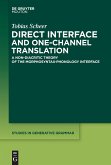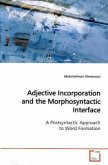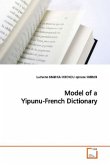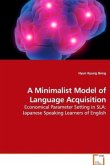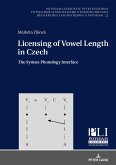Speech prosody is manifest in the speech signal through the modulation of pitch, loudness, duration, and voice quality, which combine to encode the prosodic structure of an utterance. Prosodic structure defines the location of prominent words, and the groupings of words into phonological phrases. Prosodic structure, in turn, relates the phonological form of an utterance to its morphological, syntactic, semantic, and pragmatic context. The listener's task in comprehending speech includes decoding prosodic structure to aid in identifying these linguistic contexts that comprise the meaning of the utterance. The research reported in this book focuses on acoustic and perceptual evidence for prosody in spoken American English, and the relationship between prosodic structure and higher levels of linguistic organization. The study adopts a computational approach that uses natural language processing and machine learning to investigate prosody in a speech corpus. It is shown that prosodicfeatures can be reliably predicted from a set of features that encode the phonetic, phonological, syntactic, and semantic properties of an utterance.


